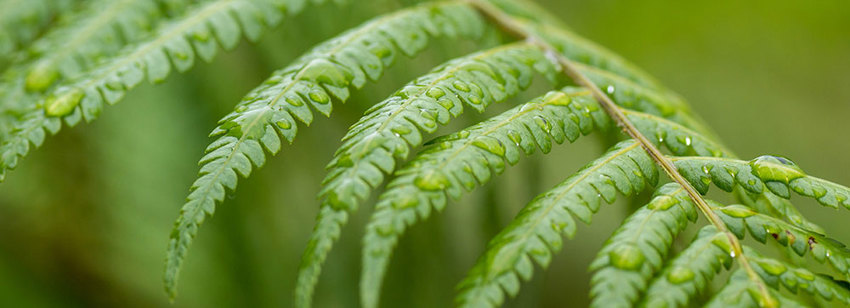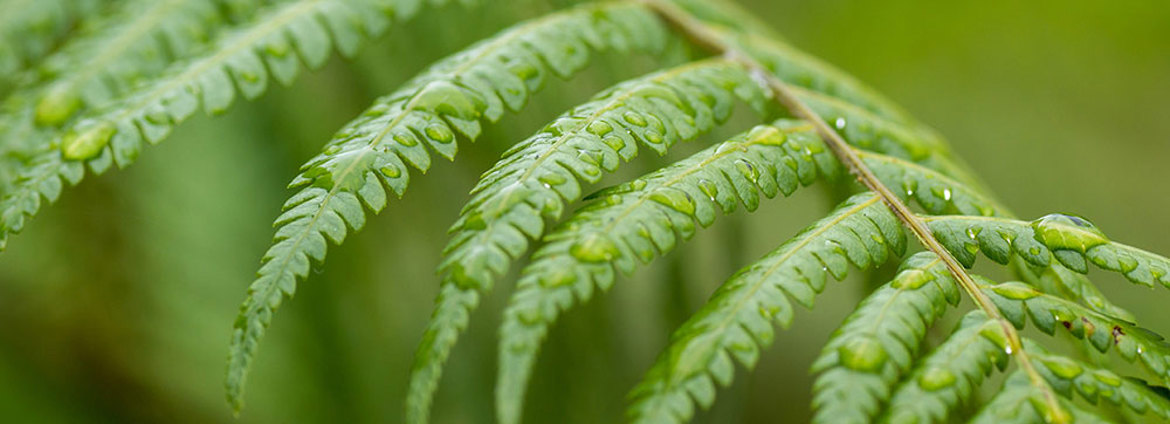June McCabe, Chairman Te Waka Pupuri Pūtea, Te Rarawa.
Q: Tell us about Te Waka Pupuri Pūtea, Te Rarawa?
A: Te Waka Pupuri Pūtea is the commercial arm of Te Rūnanga o Te Rarawa. Based in Kaitaia, it is responsible for all Te Rarawa commercial assets with an estimated value of NZ$90m including fisheries, forestry, farming, horticulture, property and a recently developed water storage lake named Te Tupe Hau - the windswept sandhills along Te Oneroa a Tōhē (Ninety Mile Beach)
Q: Tell us about Te Waka Pupuri Pūtea investment strategy and how this intersects with the movement towards green infrastructure investment?
A: Te Rūnanga o Te Rarawa maintains Ngā Pou E Whā, the Four Pou Principle, as the basis for all conduct undertaken by the Rūnanga - including its investment in infrastructure.
The Four Pou are, Te Oranga (social), Te Taiao (environmental), Te Rarawatanga (cultural) and Te Ōhanga (economic).
The Four Pou are interconnected and each Pou cannot be considered in isolation from the others. In this way, the Four Pou Principle represents a foundation upon which Te Waka Pupuri Pūtea strives to fulfil the objective: “to grow a sustainable economic base that will support Te Rarawa whānau, hapū and iwi.”
As a Four Pou investor, we are intergenerational, long term and any investment we make must demonstrate in our decision making how each of the Pou will be impacted positively. It is a four dimensional framework - it's more than just risk and reward. Some may call it ESG investing but it is more than that. It is the life and soul of the Rūnanga. It's about our relationship with the whenua and the principles of kaitiakitanga (guardianship of the land) - this closely aligns to the practice of environmental sustainability. It's about employment opportunities for the local people and economic prosperity.
It's about identity - strengthening our cultural identity for our whānau, hapū, iwi.
Q: What is an example of the Four Pou in practice for Te Waka Pupuri Pūtea?
A: Lake Te Tuehau at Te Oneroa a Tōhē (Ninety Mile Beach), is an example of an investment that positively addresses the Four Pou.
The water storage lake provides water security and resilience for our 660ha orchard and 420ha dairy farm, ensuring sustainable businesses growth and development: Te Ōhanga along with positively impacting Te Taiao (environmental) and Te Oranga (social) through employment (economic). Finally, this project is part of a broader strategy to deliver the fourth Pou - Te Rarawatanga (cultural) - The investment in horticulture and Lake Tupehau strengthens our cultural identity post settlement as an iwi with vision and foresight in the area of horticulture and farming including developing Te Rarawa appellation brands.
Q: What are the challenges for Māori Inc participating in the development of New Zealand's infrastructure?
A: None of this is easy. We have a number of challenges when delivering infrastructure projects in the Far North. From the state of the existing infrastructure, access to funding, access to a skilled labour force, to the challenges of dealing with the constraints of land designated as Māori land.
Delivering outcomes often requires partnership with local and central government and, at times, having to navigate the hurdles of local government and central government. In the context of infrastructure, a genuine partnership approach to engagement is not always present. We are often asked to engage with an issue or a proposal, whether it's water quality, roading infrastructure or housing solutions, but without the resources or time that is available to the other parties. This reduces our ability to provide meaningful engagement.
We also have to navigate our own people and other iwi. As we have a number of assets that are shared with other iwi, we have to be strategic in our own thinking and decisions, and we also have to work with other iwi and get everyone aligned on the way forward.
And last, but certainly not least, we must take our own people on the journey. Our own people aren't always necessarily our biggest supporters at the outset - so we need to undertake our own engagement process internally.
While it isn't easy, at Te Waka Pupuri Pūtea our Four Pou mean we know where we stand, and when they all come together, we create something to be proud of.
Q: In the Far North, how do you prioritise infrastructure projects?
A: We have so many things to do as a consequence of much under investment. In this moment in time, we haven’t got the capability or capacity to do everything we need to do.
The Far North needs new roads, new three water infrastructure, new social housing - the list goes on. This means it is all about priorities and this is very much led by what the government considers to be important - as they play an important role in unlocking funding and bringing the support of central government to bear on delivering projects. However, as an iwi investor, we contribute in the multitude of discussions and policy forums to advocate for our priorities and be a meaningful contributor to the execution of agreed projects.
Te Tupehau is a demonstrable example of this.
Q: How is Te Ao Māori an advantage for Te Waka Pupuri Pūtea when thinking about sustainable practices?
A: As a Four Pou investor, we have an opportunity to view an investment through a lens which is not solely focused on economic return - we can consider broader outcomes.
It means we can try different things and learn from them - like when the iwi gave some of its water from its dairy operations to the Kaitaia town supply to stop the town running dry.
This went from idea to action in a short space of time because we didn’t view the farming operation solely through the lens of capital return and cash flow. We viewed the business in its capacity to provide outcomes more broadly - including in this context, the ability to help our people and the people of Kaitaia have water security. We are innately intergenerational in how and what we do - that is Te Ao Māori.


